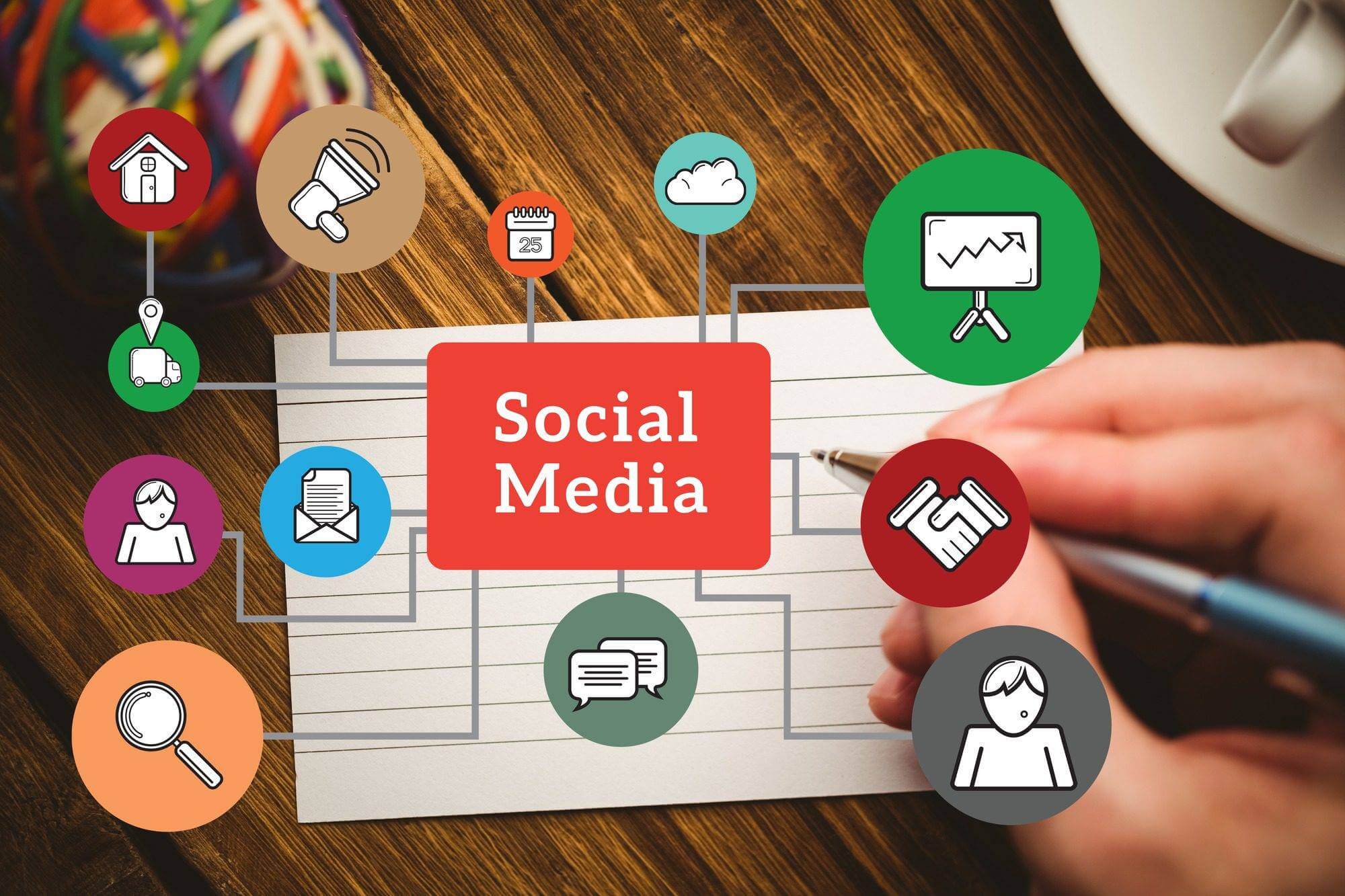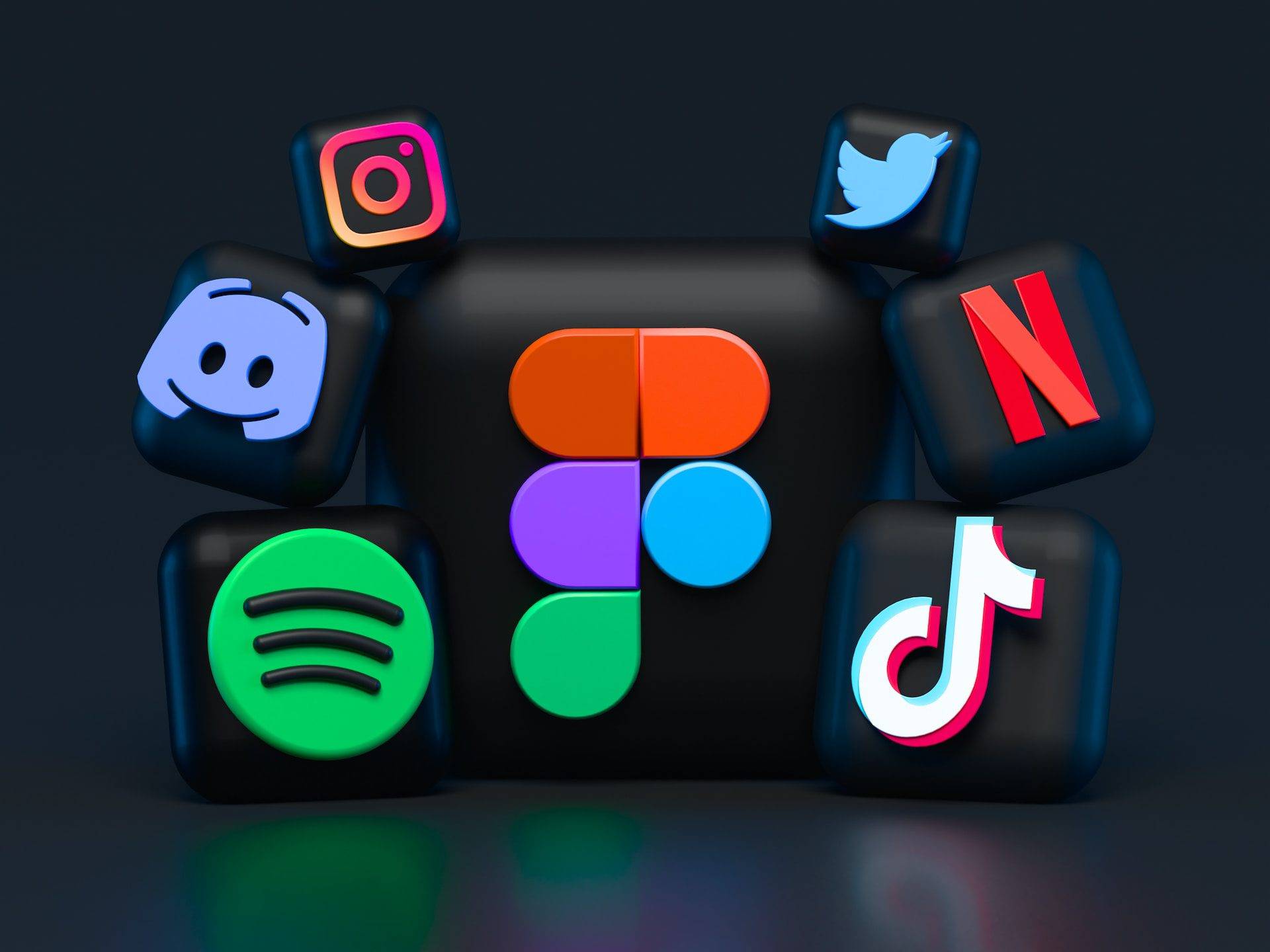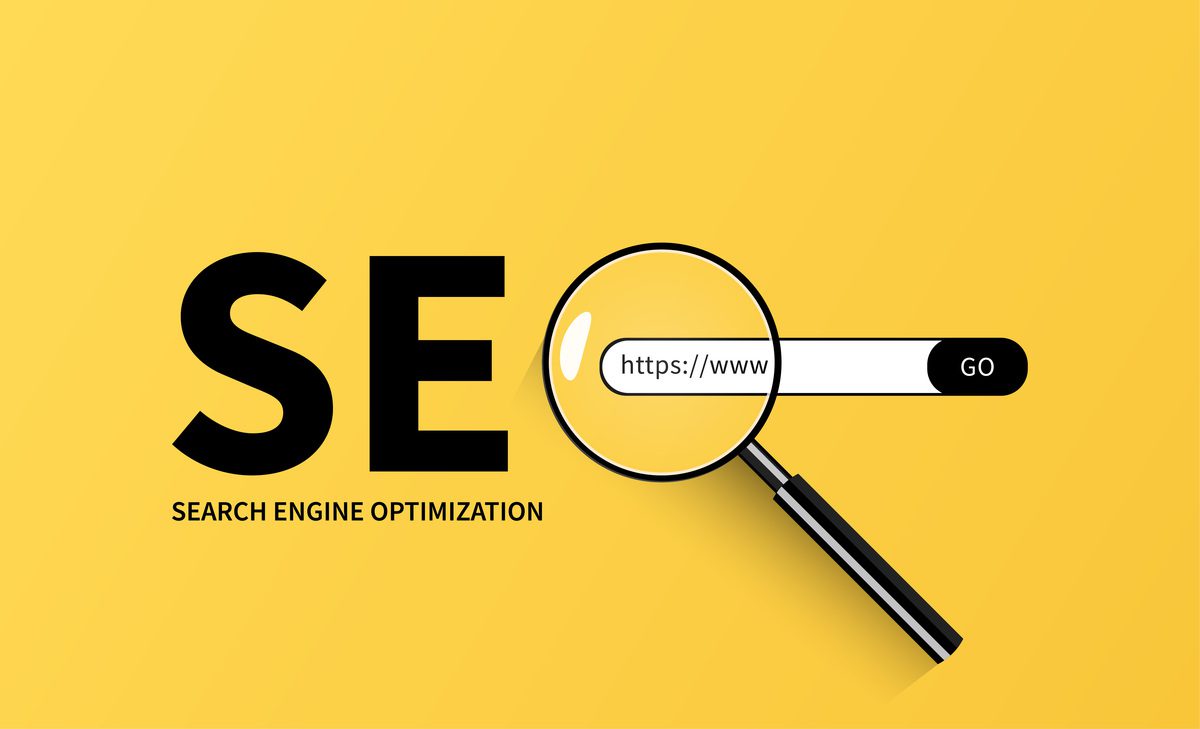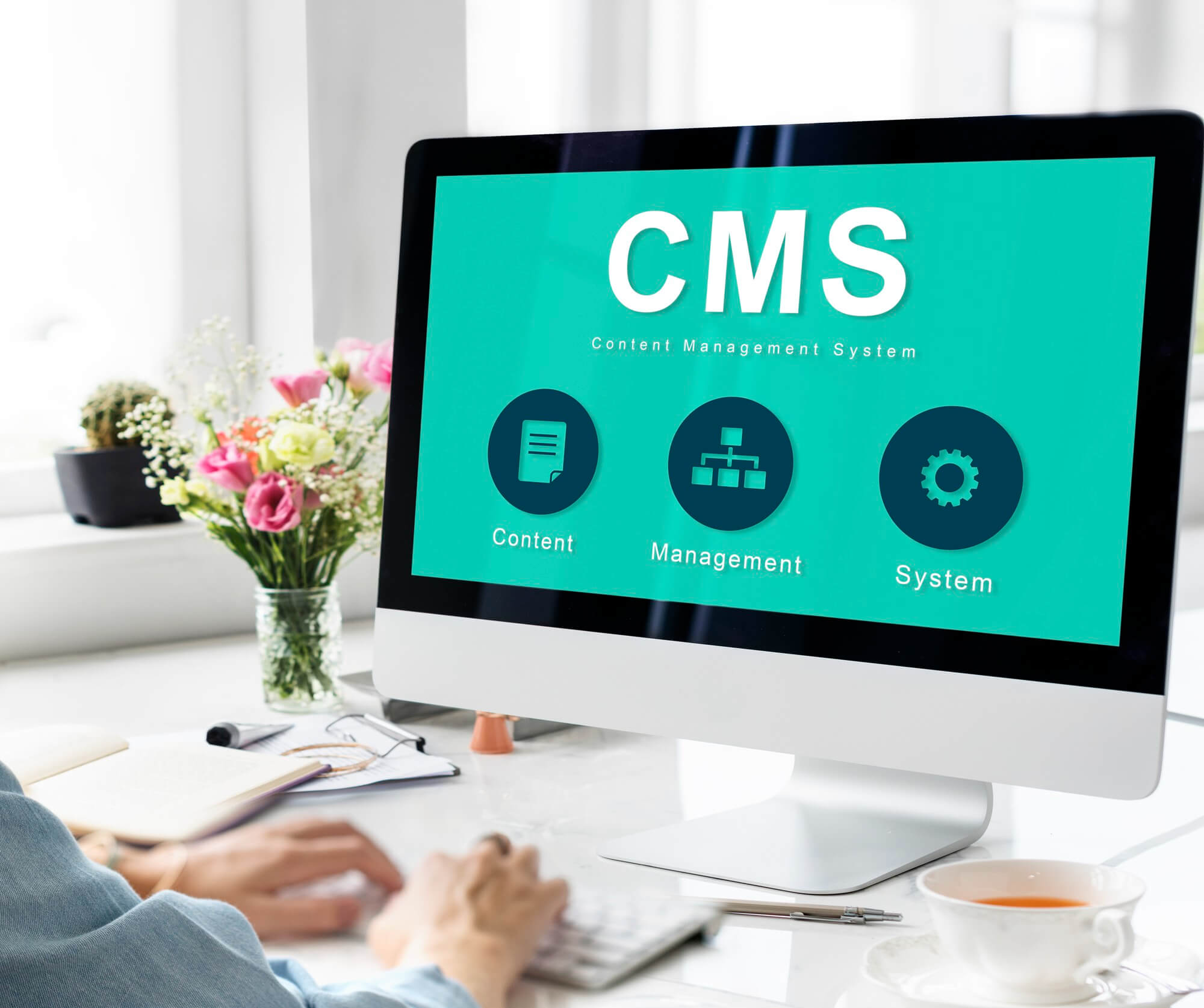Content creation is the backbone of success in the digital age. It allows you to connect and engage your target audiences. Different types of content are used with varying levels of effectiveness depending on your specific target audience, products & services, and goals. Here are the top 10 types of content and details of how to use them effectively:
Blog Posts
Blogging is a versatile content format that allows you to provide in-depth information, share insights, and establish thought leadership. Use blog posts to educate your audience, answer frequently asked questions, and offer valuable tips and advice.
Incorporate relevant keywords for search engine optimization (SEO) and encourage reader engagement through comments and social sharing.
Infographics
Infographics are visual representations of data, statistics, or complex concepts. They provide a visually appealing and concise way to communicate information. Use infographics to simplify complex topics, present research findings, or showcase comparisons. Include your brand’s colors and logo to enhance brand recognition and encourage social media sharing.
Videos
Video content has exploded in popularity and is highly engaging. Utilize videos to demonstrate product features, create tutorials, share customer testimonials, or present behind-the-scenes footage. Host videos on platforms like YouTube or Vimeo and embed them on your website or social media channels. Optimize videos for mobile viewing and include subtitles for accessibility.
Case Studies
Case studies are powerful tools to showcase real-life examples of how your products or services have benefited customers. Use case studies to highlight specific challenges, solutions, and measurable results. Incorporate visuals, such as graphs or charts, to illustrate the impact. Share case studies on your website, social media, or in email campaigns to build credibility and trust.
Podcasts
Podcasts have gained significant popularity, allowing you to deliver audio content to a dedicated audience. Host industry experts or internal team members as guests and discuss relevant topics. Use podcasts to share insights, conduct interviews, or offer educational content. Promote your podcasts through platforms like Apple Podcasts or Spotify and share on social media.
E-books/Guides
E-books or guides are longer-form content that provides comprehensive information on a specific topic. Create e-books that address common pain points or offer solutions to your audience’s challenges.
Design visually appealing layouts and provide valuable insights. Offer e-books as gated content, requiring users to provide their contact information, to generate leads and build your email list.
Social Media Posts
Social media platforms are ideal for sharing bite-sized content that captivates your audience. Craft compelling captions, use attention-grabbing visuals, and include relevant hashtags to increase discoverability.
Tailor your content to suit each platform’s unique features and user behaviors. Experiment with different content formats, such as images, videos, polls, or stories, to maximize engagement.
Webinars
Webinars are live or recorded online seminars that allow you to interact with your audience in real time. Host webinars on topics of interest to your target audience and provide valuable insights or training.
Use webinars to establish thought leadership, nurture leads, and address frequently asked questions. Promote webinars through email campaigns, social media, and your website.
User-Generated Content (UGC)
UGC refers to content created by your audience, such as reviews, testimonials, or social media posts. Encourage customers to share their experiences and opinions through contests, hashtags, or customer feedback campaigns. Showcase UGC on your website, social media channels, or in email newsletters to build social proof and foster a sense of community.
Interactive Content
Interactive content actively involves the audience and encourages participation. Examples include quizzes, polls, surveys, or interactive calculators. Use interactive content to engage your audience, gather valuable insights, or offer personalized recommendations.
Promote interactive content through social media, email campaigns, or as part of a content marketing strategy.
When utilizing these content types, consider your audience’s preferences, the platform you’re using, and your marketing objectives. A combination of these content types, tailored to your audience’s needs, can help you create a diverse and engaging content strategy that resonates with your target audience, boosts brand awareness, and drives meaningful results for your business.














































